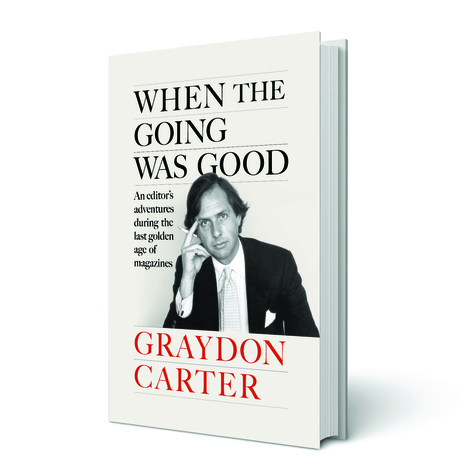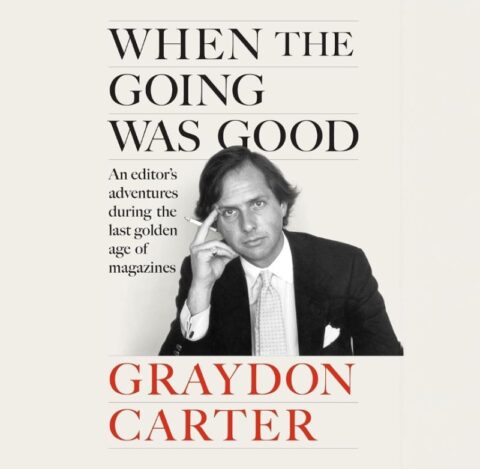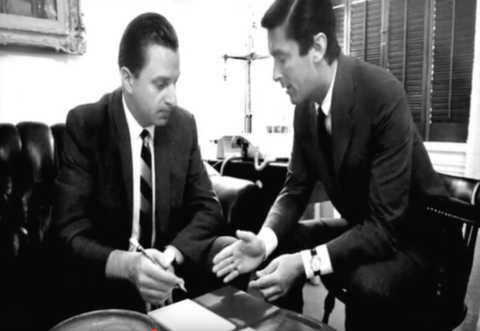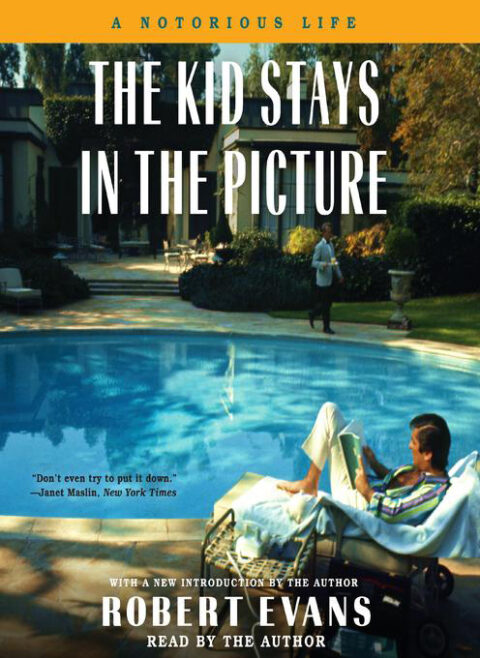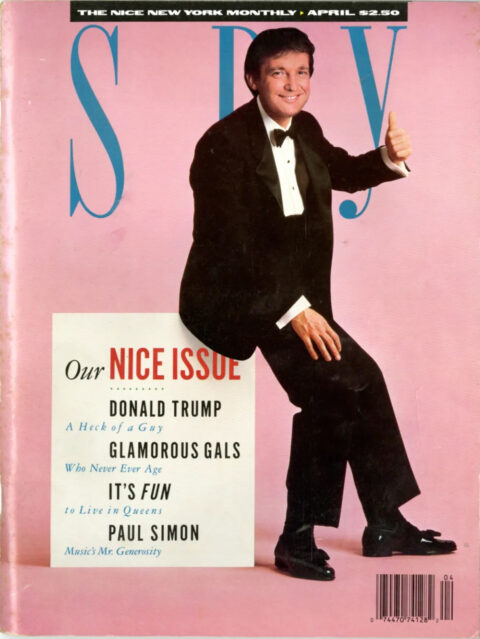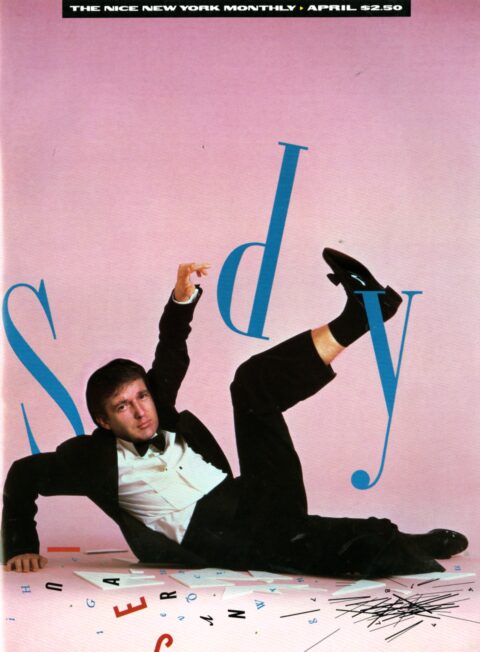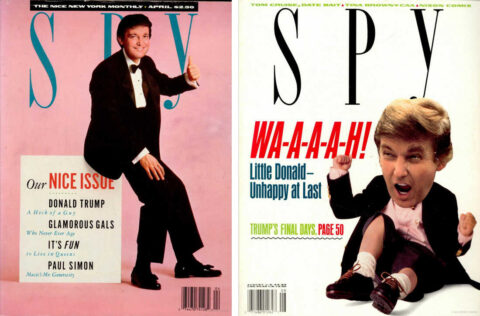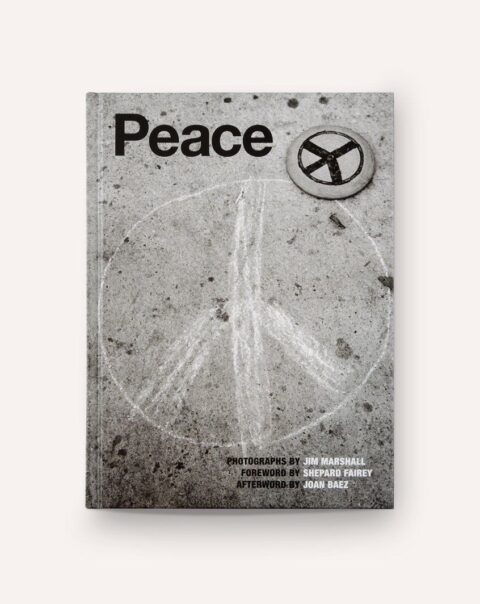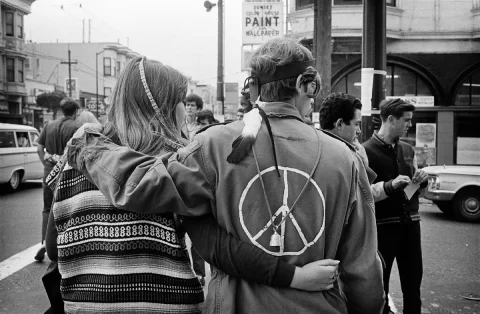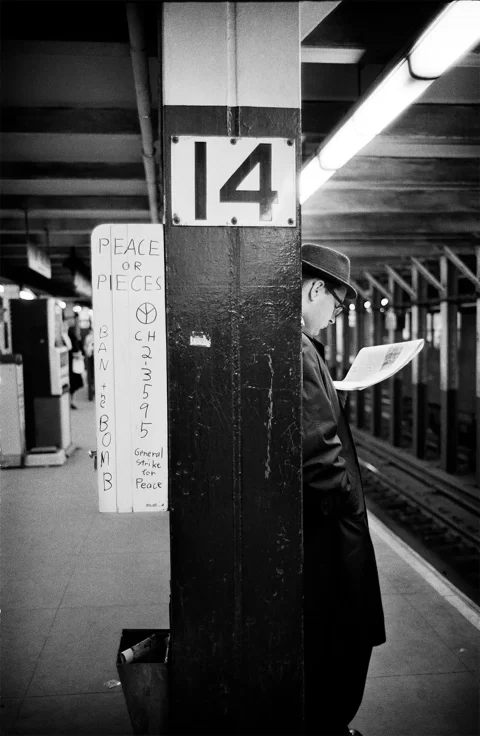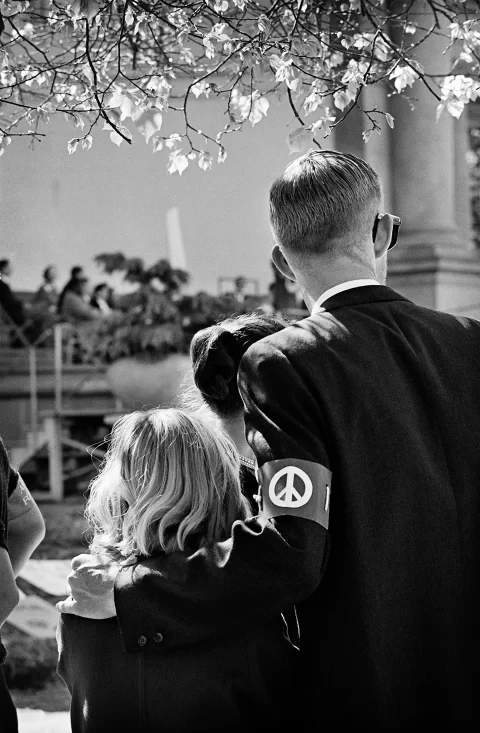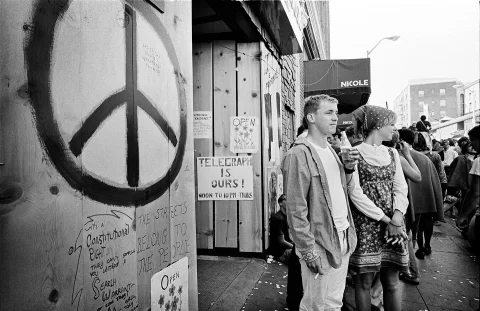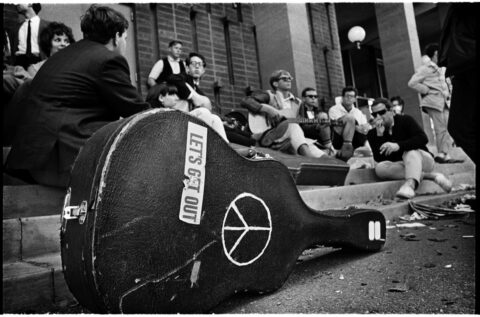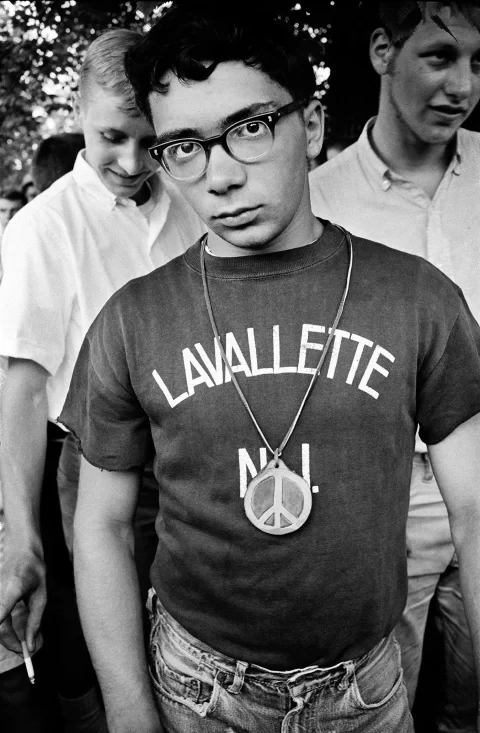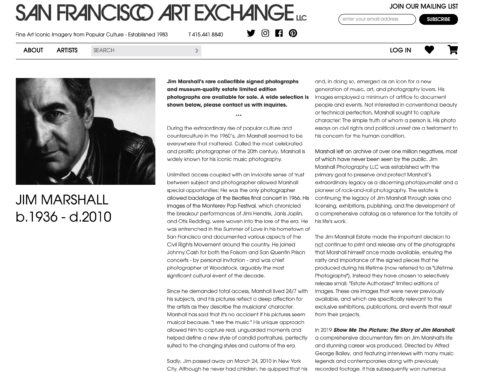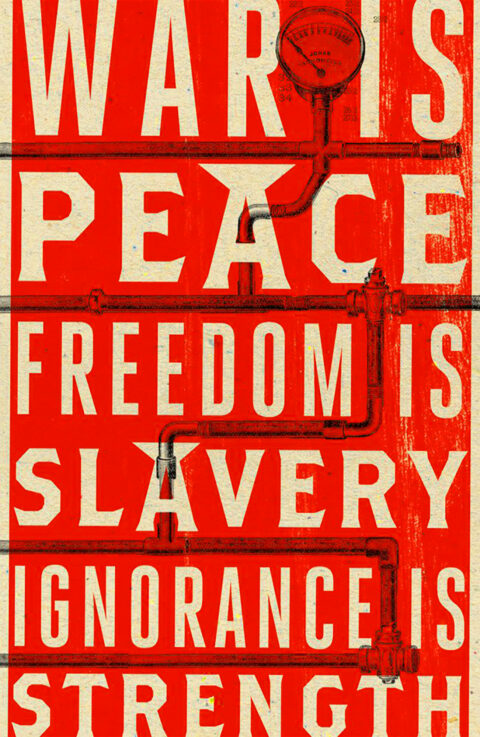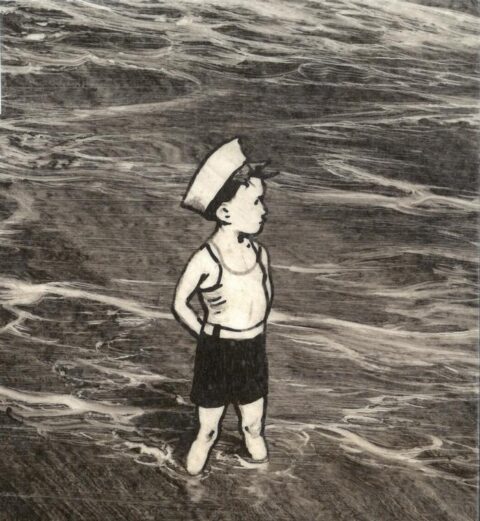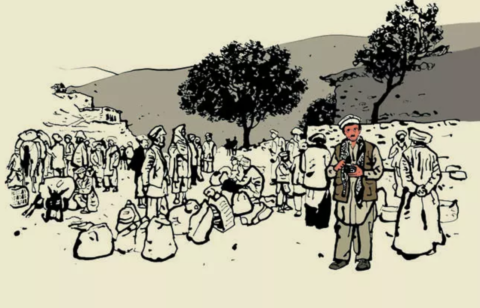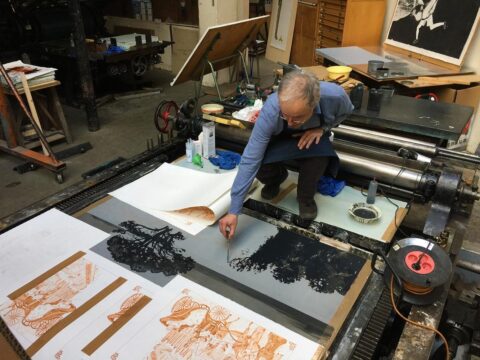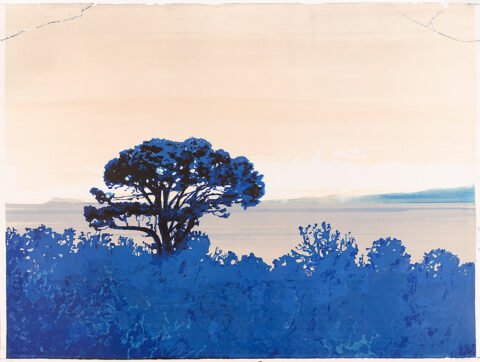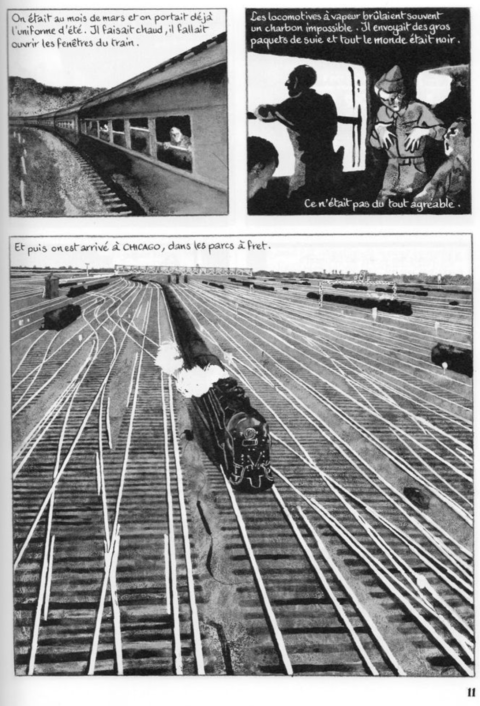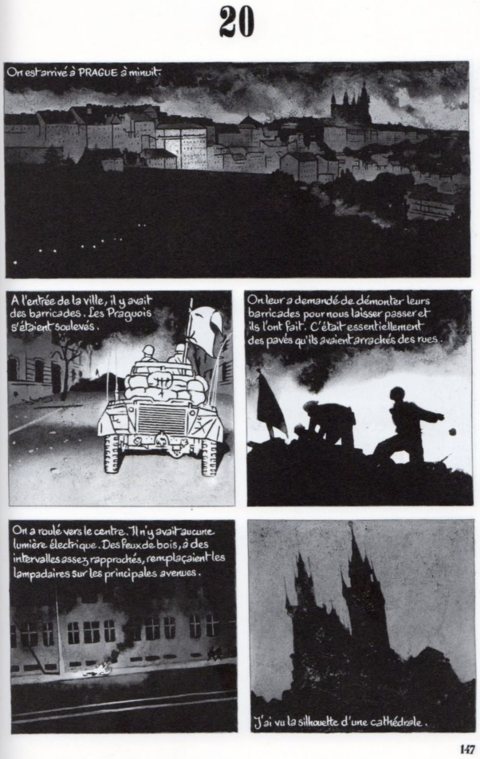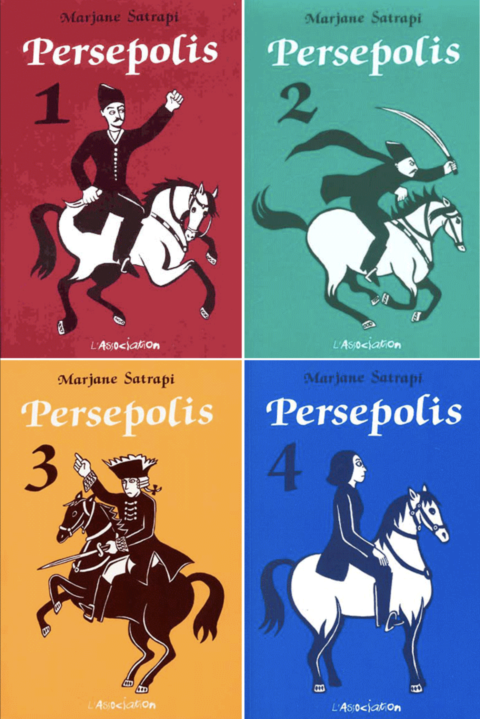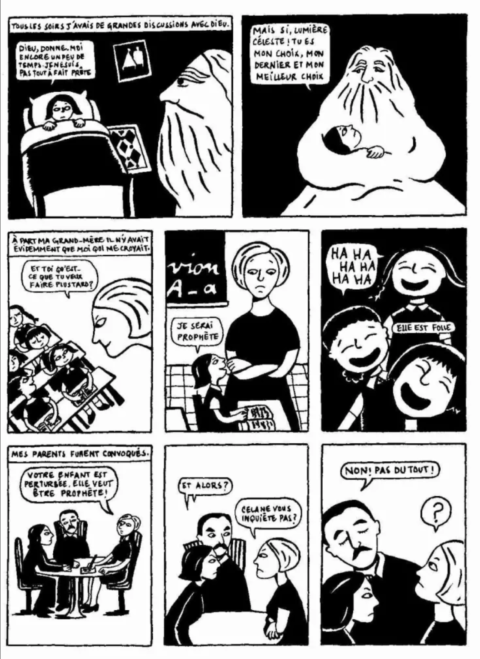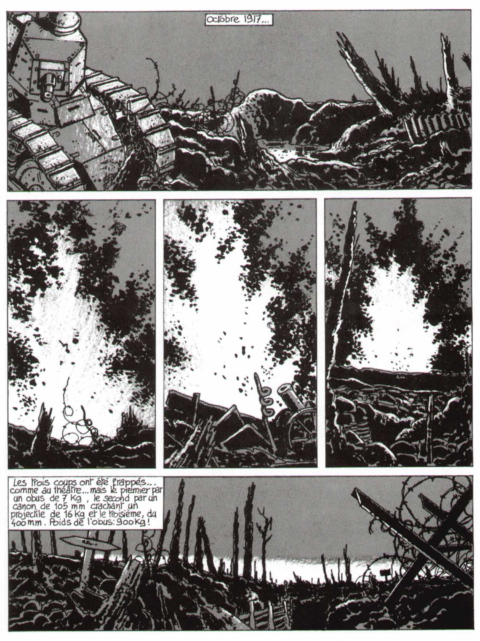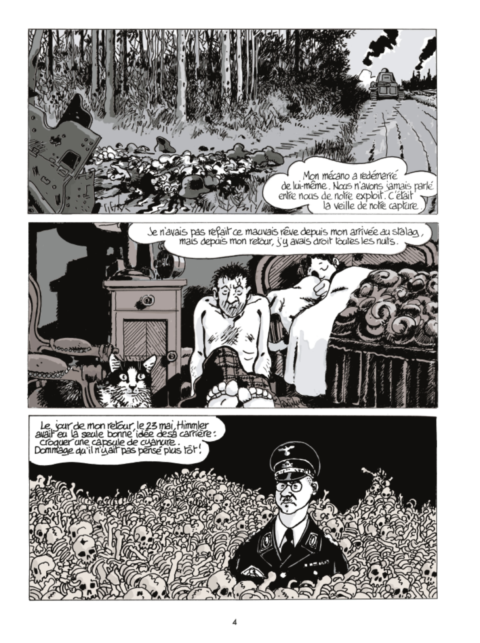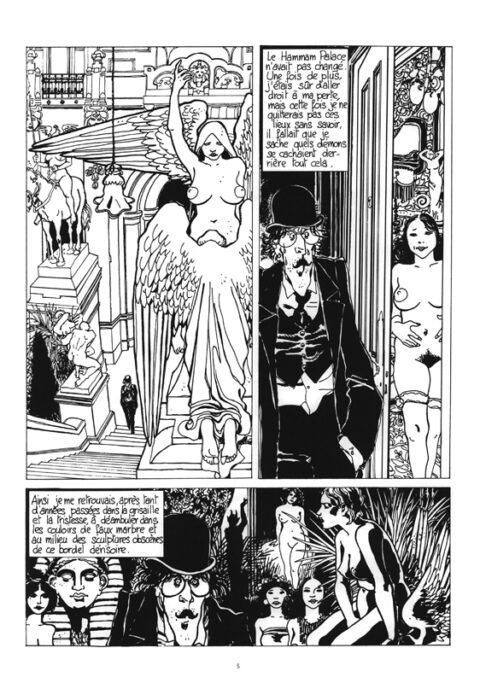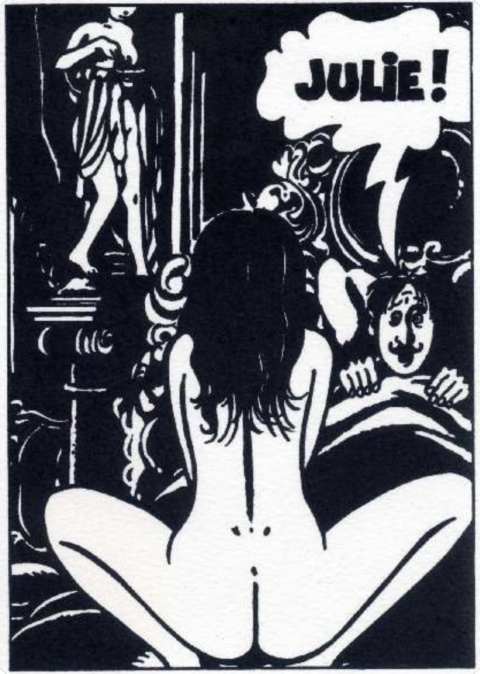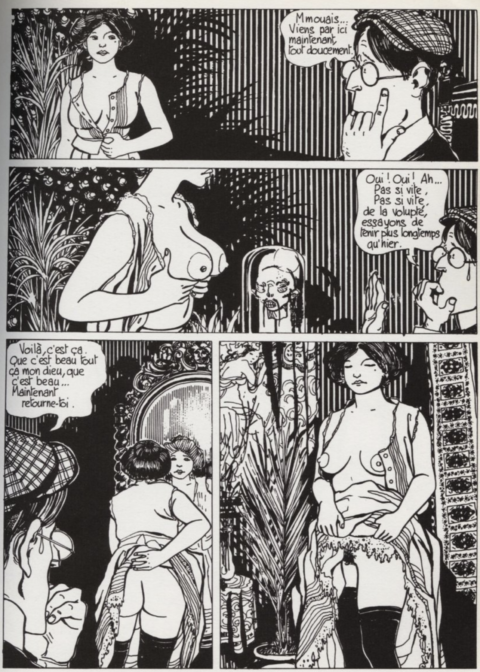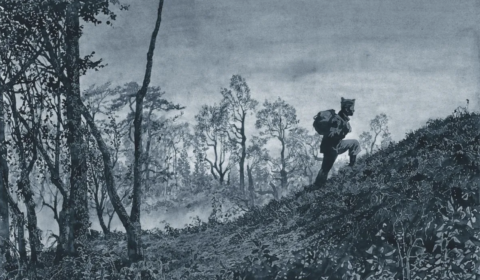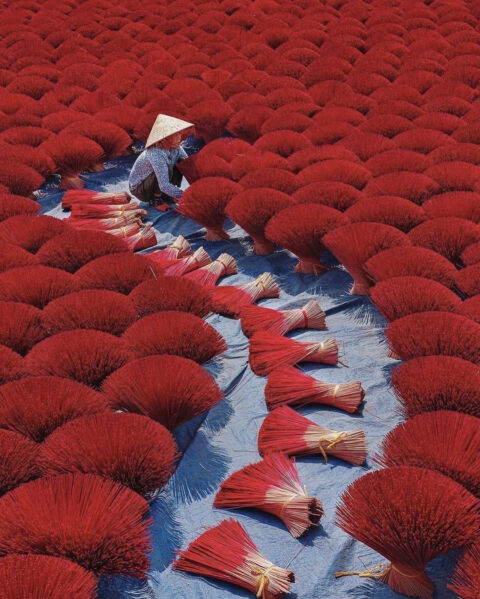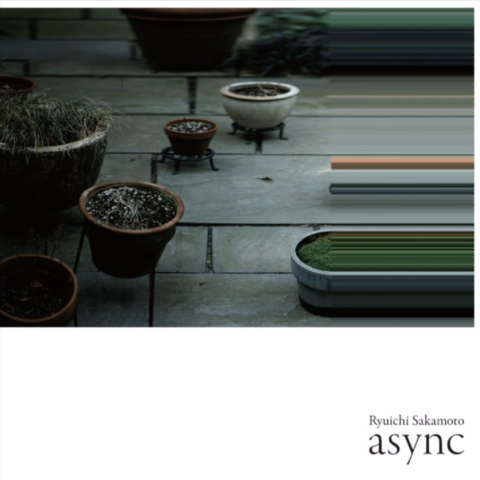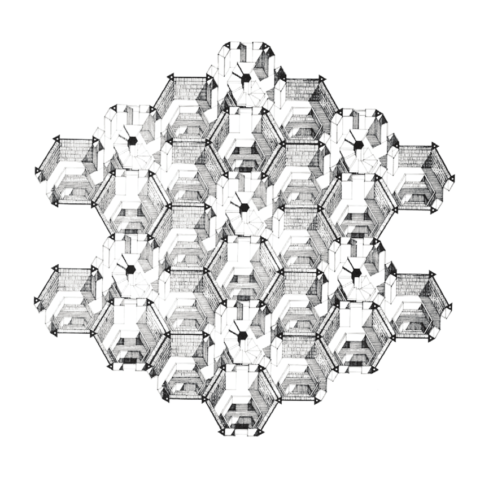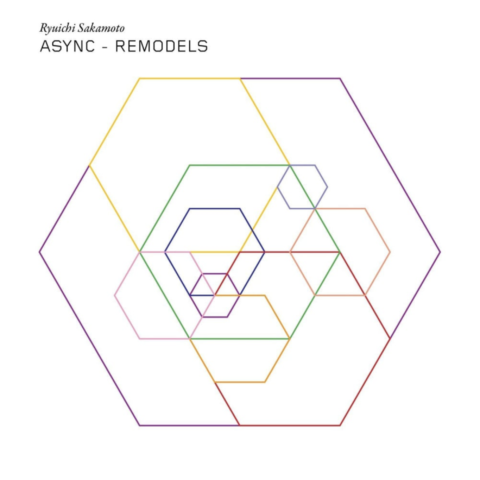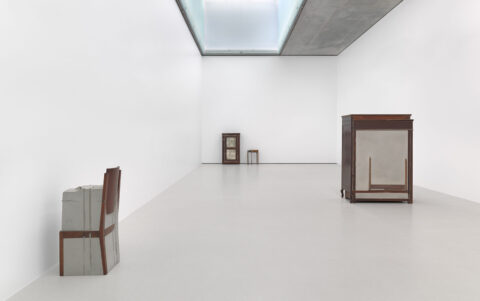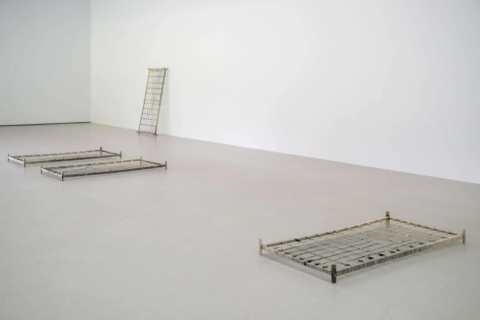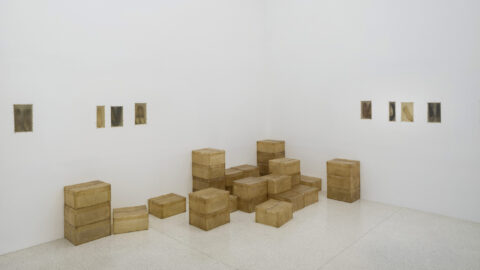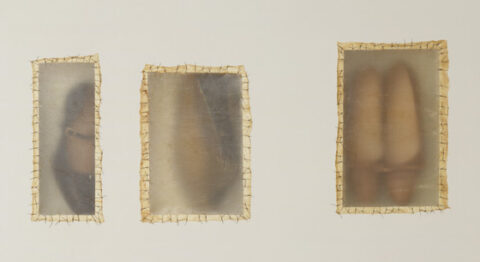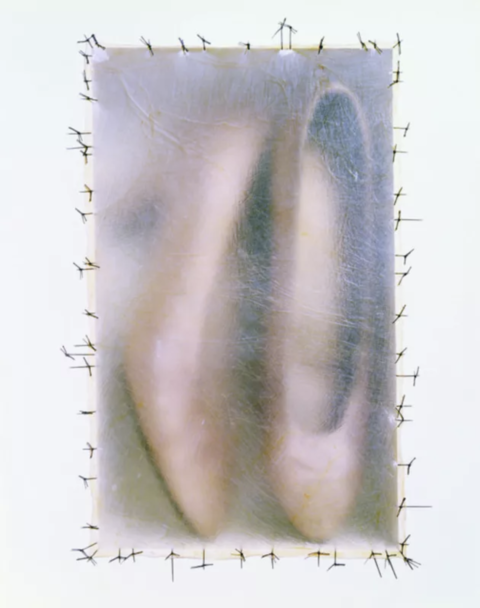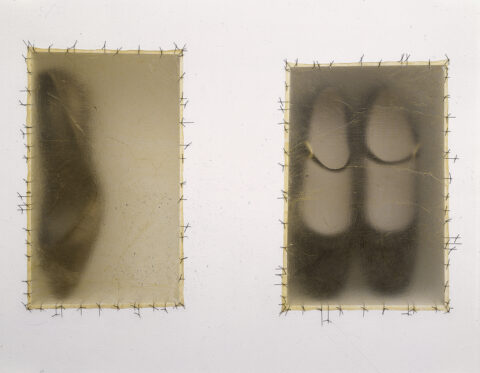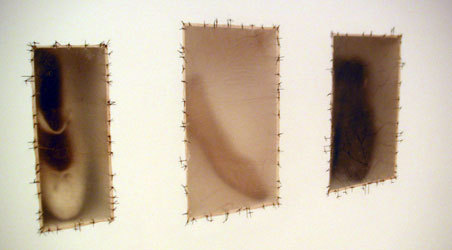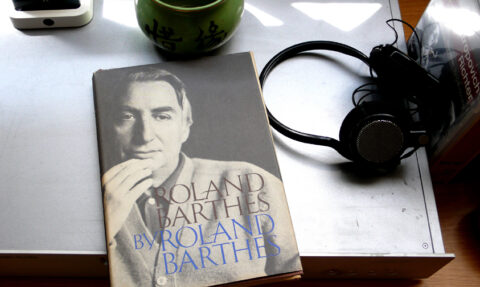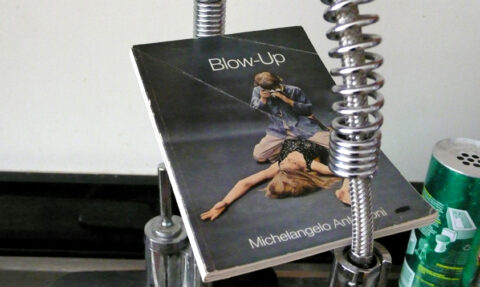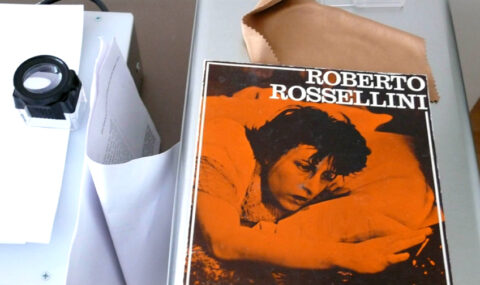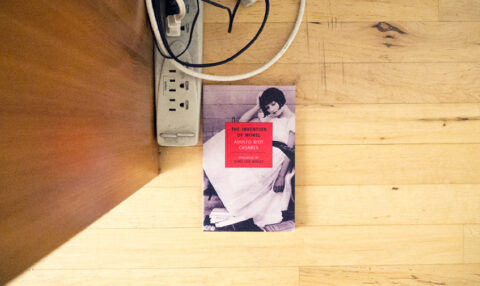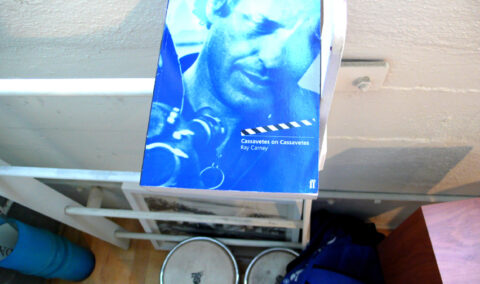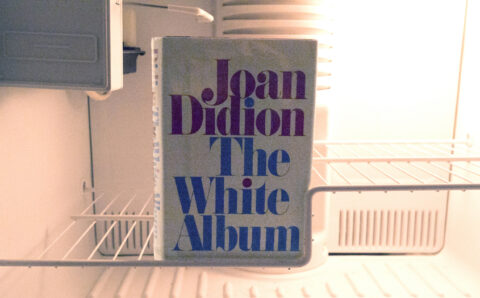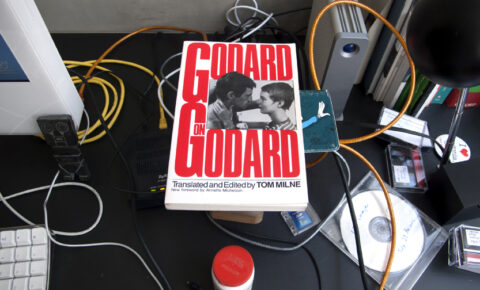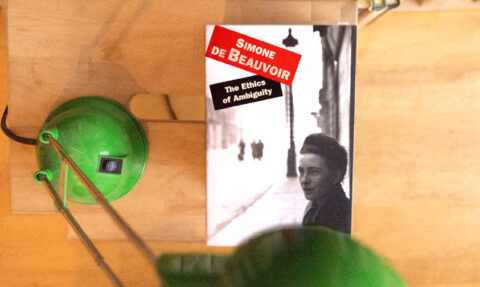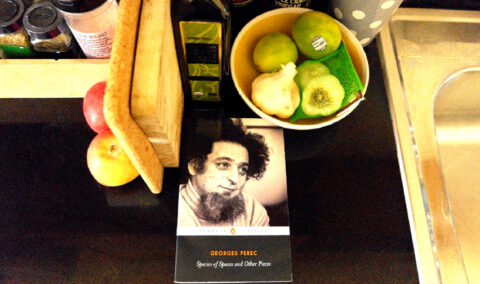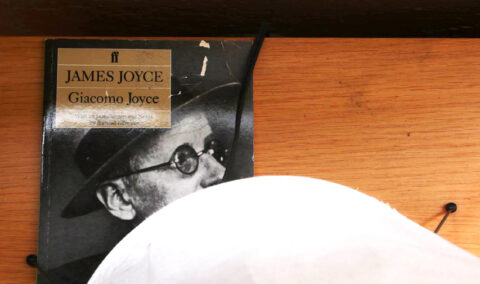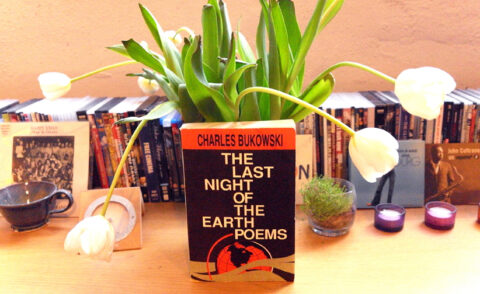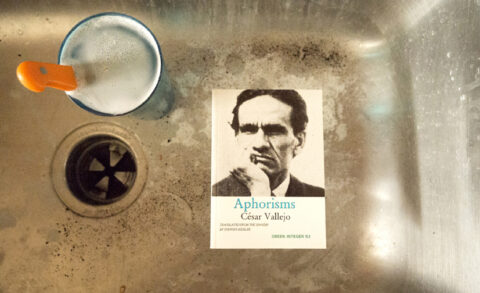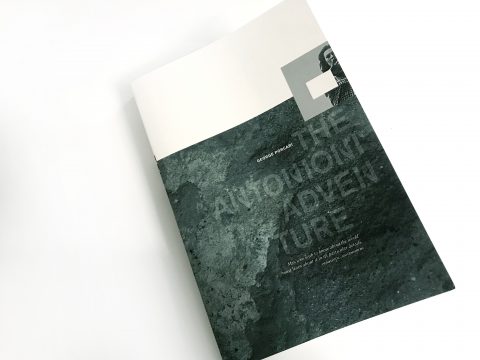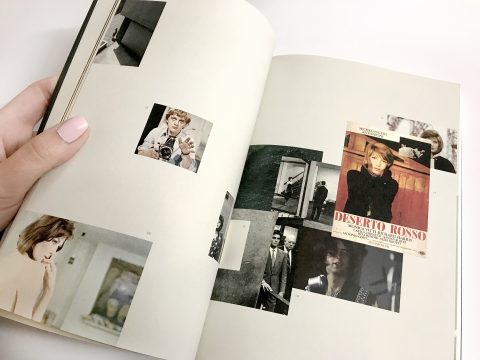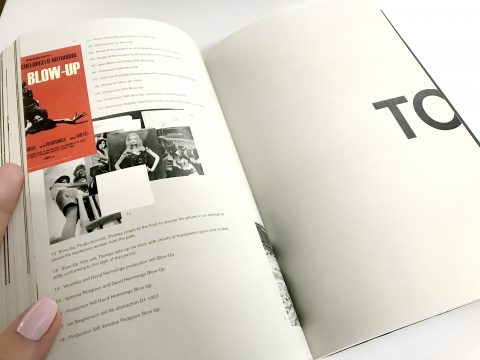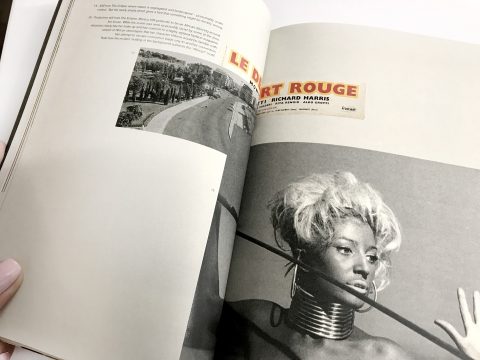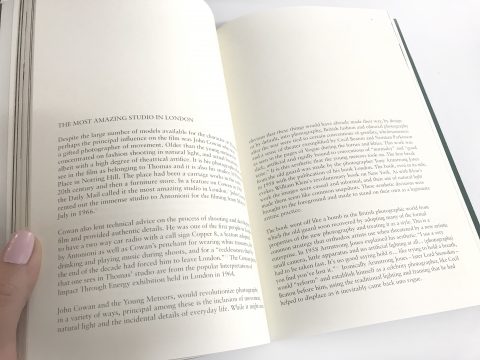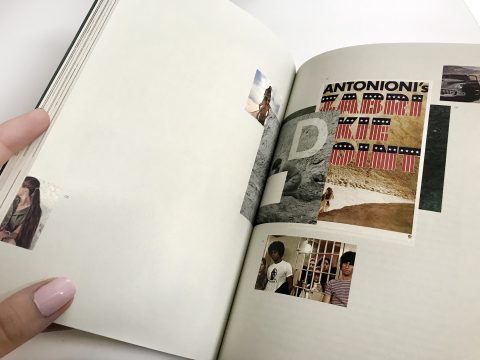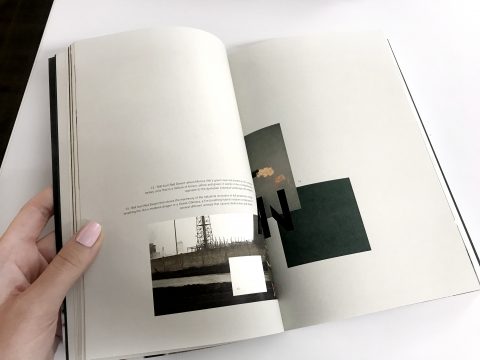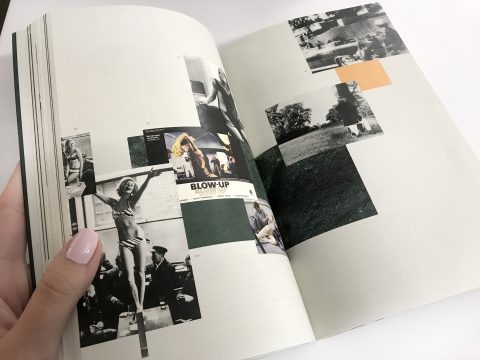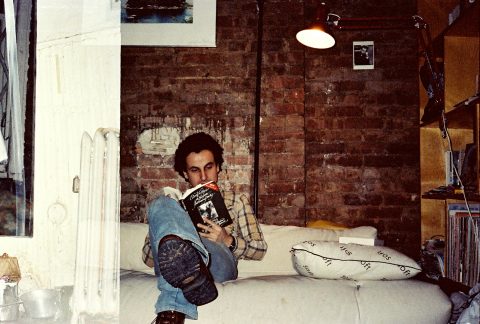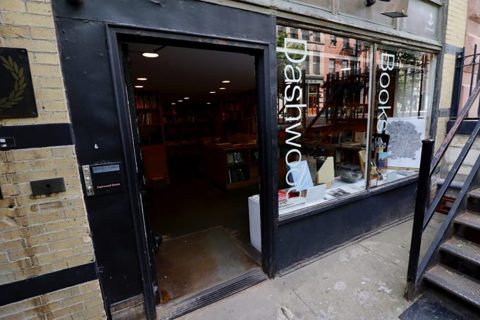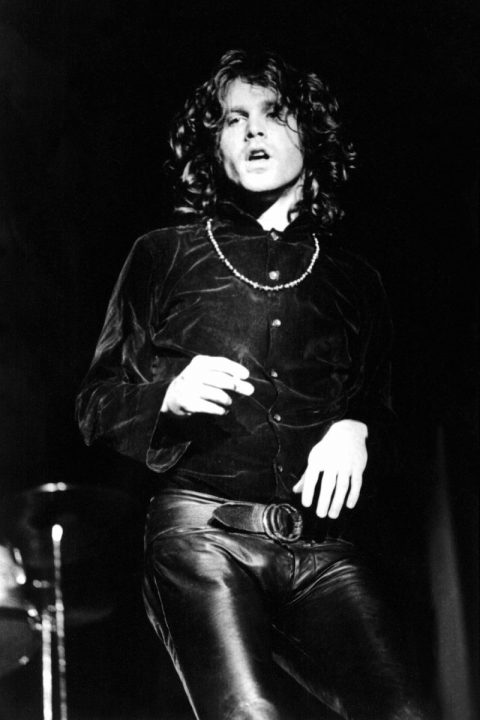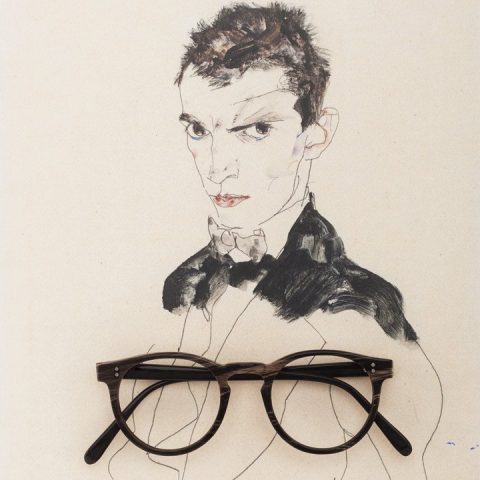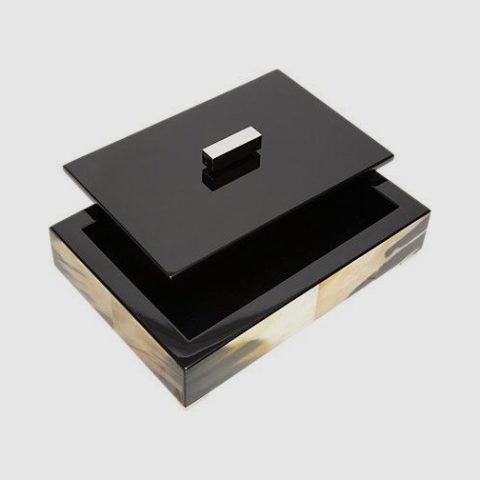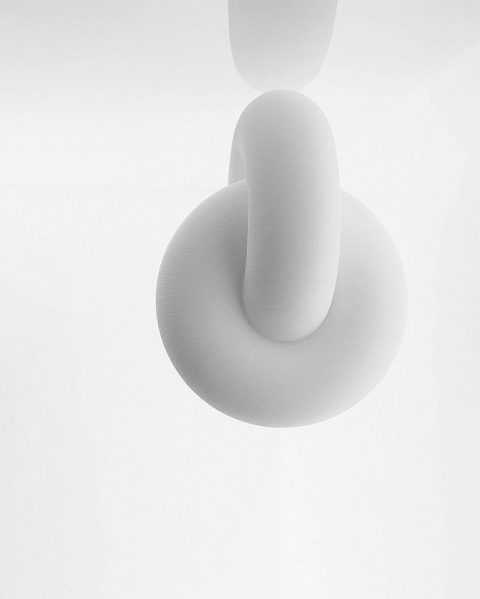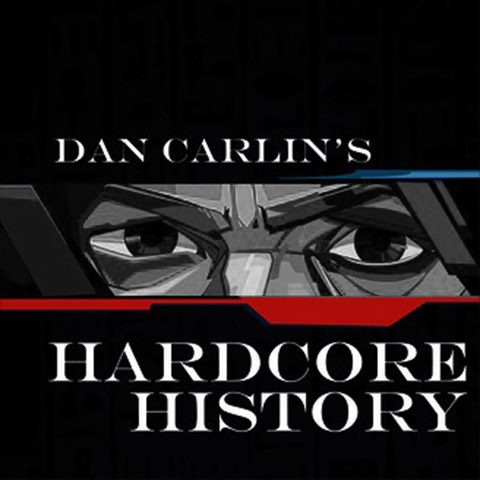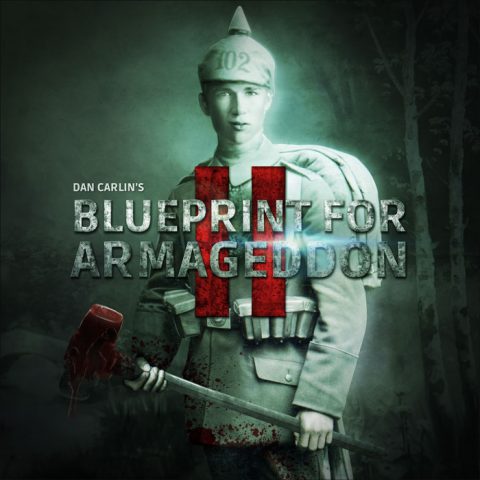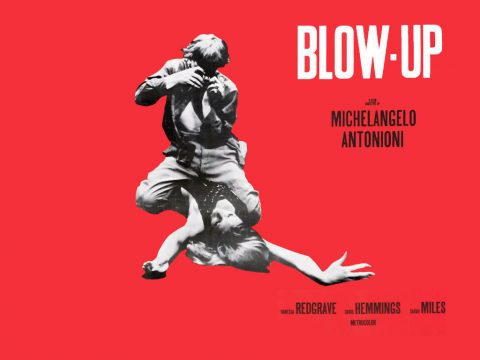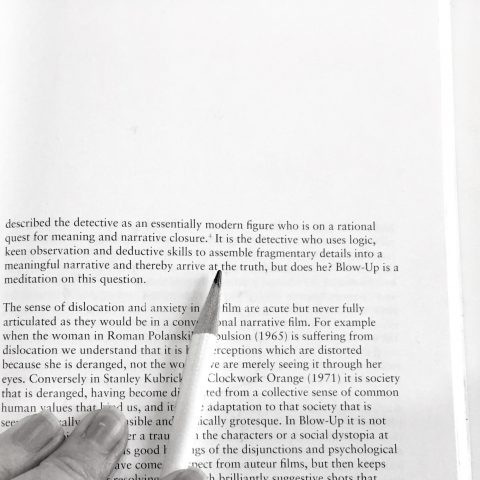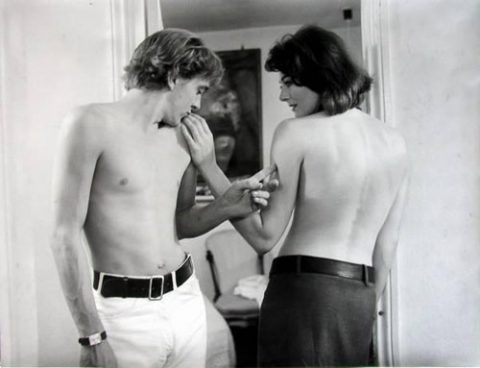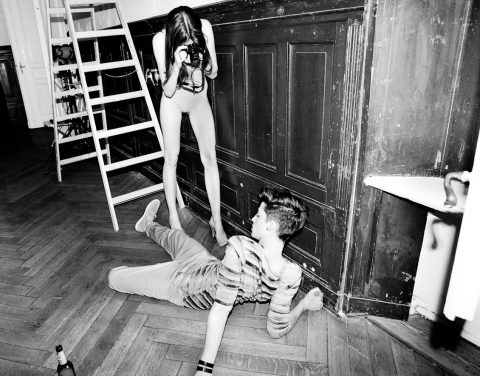graydon carters recently published memoirs “when the going was good”
the man behind, vanity fair magazines best years, the spy magazine launch, as well producer to the documentary “the kid stays in the picture”. he was the reason vanity fair was worth the paper it was printed on… because lets face it… without graydon vanity fair was nothing but a celeb pop magazine like the rest of the garbage out there. he made it cool, funny, fun, and viciously political with a bourgeois left-tilt that was fit to cover the dinner check.
the last golden age of magazine publishing
LA times writes: “extreme expense-account creativity was looked upon with the same sort of reverence as writing a particularly fine story,” carter writes of his days at time, where he arrived in 1978 as a canadian pup looking to break into the american journalism business. he writes of a colleague who tried to beg out of covering a visit from the pope by inventing some conflicting family vacation plans. his editor suggested he send the family on said vacation and expense it. so the enterprising reporter had some phony letterheads printed up and was promptly reimbursed for the vacation nobody took.
robert evans (note watch) with george weezer
it’s a funny story. it’s also emblematic of a time when magazines had money to burn and muscle to flex. there was no internet, and readers who wanted to be in the know went to these things called newsstands. at time, carter worked with such future stars as a-list biographer walter isaacson and pulitzer-winning book critic michiko kakutani (“michi” to her pals). he ate and drank well, often for free. but he didn’t fit the time mold. “i wasn’t ivy league — a credential the magazine put great store in — and i wasn’t as buttoned-down as some of my peers,” he writes. he was booted over to the still-barely-relevant life, where he plotted the escape that would shake up magazines and new york.
robert evans “the kid stays in the picture” book. the rights to the book were purchased by graydon carter and he subsequently produced the documentary with the same name. a great film and worth a watch.
carter wasn’t just non-ivy league; he never even graduated from college. there’s nothing to-the-manor-born about him; one of the book’s liveliest chapters chronicles his time working on a canadian railroad line, sweating elbow-to-elbow with ex-convicts and other misfits with whom he developed camaraderie and a hellacious work ethic. even when he drops names — and you don’t last 25 years as the editor of vanity fair without dropping names — you get the sense that he still can’t believe this is his life. you might not think of humility as a defining graydon carter trait, but that’s part of what comes across here.
clips form the documentary “the kid stays in the picture”
he’s a sort of outsider’s insider, not unlike another canadian who climbed quickly and made his bones in the new york spotlight, “saturday night live” creator (and carter confidant) lorne michaels. a new york native celebrity schmoozer probably wouldn’t have come up with the idea for spy, the satirical monthly that carter created with kurt andersen and tom phillips in 1986.
there was nothing like spy, a deeply reported new york gossip magazine with a literary soul and a bottomless sense of mischief. carter and his often underpaid staff came up with devilish nicknames for their primary targets. donald trump, then a bullying real estate player, was “the short-fingered vulgarian.”
spy magazine donald trump cover
they cultivated inside sources eager to deliver dish on the wealthy and powerful. “we wanted to be outsiders on the ramparts picking off the big shots,” carter writes. “we wanted to champion the underdog and bite the ankle of the overdog.” the only thing worse than landing in spy was not landing in spy.
spy magazine donald trump cover
oh the good old times – before he “grew up”
“when the going was good” is at its best when carter is the underdog biting at ankles, or a don quixote who learns to tilt at the right windmills. spy, for all its buzz, didn’t really translate to monetary reward. carter’s detailed account of the overhead and rigorous scheduling that go into running a magazine is eye-opening, and makes it pretty easy to see why so many glossies didn’t survive the digital transition. even when he started at vanity fair in 1992, carter faced a mighty task, inheriting a staff loyal to his predecessor, tina brown (an insider’s insider). it didn’t help that he had ruthlessly skewered the magazine in the pages of spy. “new editors generally mean changes, and changes can mean unemployment,” carter writes. “when the new editor has spent the past half decade ridiculing the magazine, its senior staff, its contributors, and its house style of over-oxygenated writing, well, that did nothing to lighten the mood. i would have hated me if i was in their place.” and so on… you can read the rest here and pay your dues to the author. thank you chris vognar. by pp
 a visual collective outlet of inspiration
a visual collective outlet of inspiration